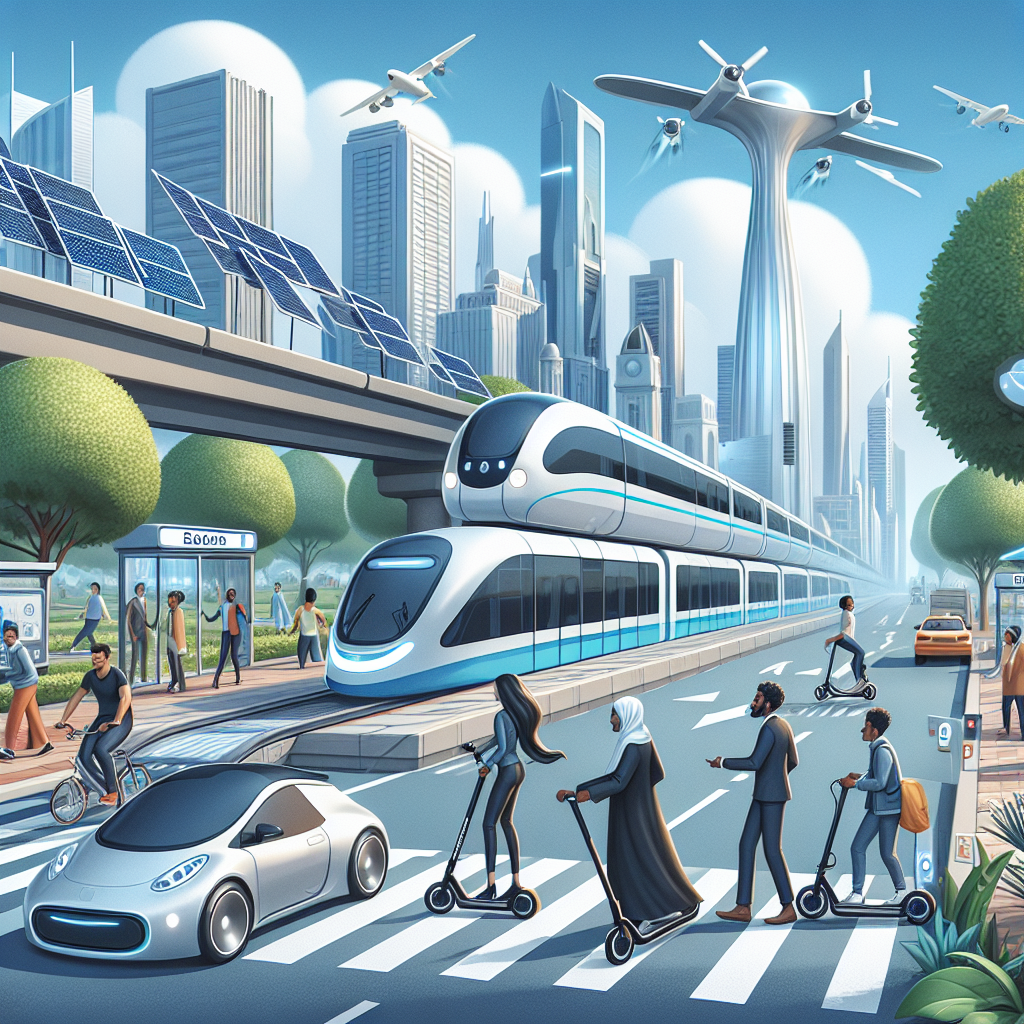Electric Vehicles: The Technology Powering the Future of Transportation
In the evolving landscape of global transportation, electric vehicles (EVs) have emerged as a groundbreaking force, promising to redefine our relationship with mobility. As concerns about climate change and sustainability reach critical levels, the adoption of EVs is not just a trend but a pivotal movement towards a cleaner, more efficient future. This article delves into the technology underlying electric vehicles, exploring how they are shaping the next generation of transportation.
The Technological Backbone
At the heart of every electric vehicle is a sophisticated array of technologies working in harmony to provide a seamless and eco-friendly driving experience. The primary components include the electric motor, battery pack, power electronics, and charging infrastructure.
Electric Motors
Unlike internal combustion engines (ICEs) that rely on burning fossil fuels, electric motors convert electricity directly into mechanical energy. These motors boast several advantages, including higher efficiency, reduced noise, and fewer parts that require maintenance. The most common types of electric motors used in EVs are the induction motor and permanent magnet motor, both of which are known for their reliability and performance.
Battery Technology
The powerhouse of an EV is its battery pack, which stores electrical energy to be used by the motor. Currently, lithium-ion batteries are the most prevalent, offering a balance of energy density, longevity, and safety. Researchers are tirelessly working to enhance battery technology, aiming to increase range, speed up charging times, and reduce costs. Innovations like solid-state batteries and advancements in fast-charging technology promise to take EV capabilities to new heights.
Power Electronics
Power electronics manage the flow of electrical energy between the battery and the motor. These systems, including inverters and converters, ensure that the motor receives the correct type of power (AC or DC) and at the right voltage levels. Efficient power management systems are crucial for maximizing the performance and range of electric vehicles.
Charging Infrastructure
A robust and widespread charging infrastructure is imperative for the mass adoption of EVs. Public and private investments in charging networks have been accelerating, with various charging options available, including Level 1 (standard household outlets), Level 2 (240-volt charging stations), and DC fast chargers that can significantly reduce charging times. Emerging technologies like wireless inductive charging and vehicle-to-grid (V2G) systems are also gaining traction, promising even more convenience and integration with renewable energy sources.
Environmental Impact
One of the most compelling arguments for electric vehicles is their potential to mitigate environmental damage. EVs produce zero tailpipe emissions, significantly reducing air pollution and greenhouse gases. When coupled with renewable energy sources such as wind, solar, or hydroelectric power, the carbon footprint of electric vehicles can be minimized further, fostering a more sustainable future.
Economic and Social Benefits
Beyond their environmental advantages, EVs also offer economic and social benefits. Operating costs for electric vehicles are generally lower compared to traditional gasoline-powered cars, owing to cheaper electricity prices and fewer moving parts that require maintenance. This reduction in operating costs can have a profound impact on individual savings and the overall economy.
Moreover, the rise of electric vehicles is driving job creation in various sectors, including manufacturing, software development, and infrastructure. Governments and private enterprises are investing heavily in EV-related research and development, spurring innovation and growth in the automotive industry.
Challenges and Future Prospects
Despite their numerous benefits, electric vehicles face several challenges. Upfront costs remain higher than those of conventional vehicles, though this gap is narrowing as technology advances and economies of scale are achieved. Range anxiety, or the fear of running out of battery power, still deters some potential buyers. However, improvements in battery technology and the expansion of charging infrastructure are steadily alleviating these concerns.
Looking ahead, the future of electric vehicles appears promising. Governments worldwide are implementing policies to encourage EV adoption, such as tax incentives, grants, and stringent emissions regulations. Automakers are responding with ambitious plans to electrify their fleets, signaling a paradigm shift in the industry.
Conclusion
Electric vehicles represent a transformative shift in transportation technology, offering a viable pathway to a more sustainable and efficient future. As advancements in battery technology, charging infrastructure, and power electronics continue to evolve, the adoption of EVs is set to accelerate. The journey towards a cleaner, greener, and more interconnected world is well underway, powered by the technology driving electric vehicles.
